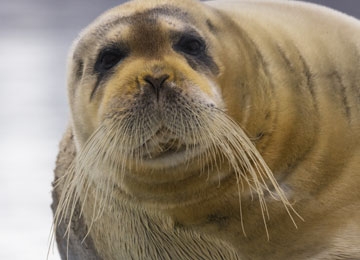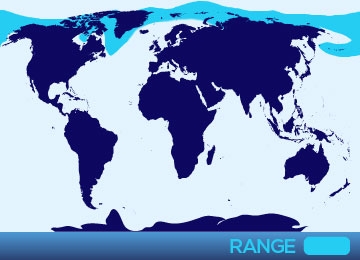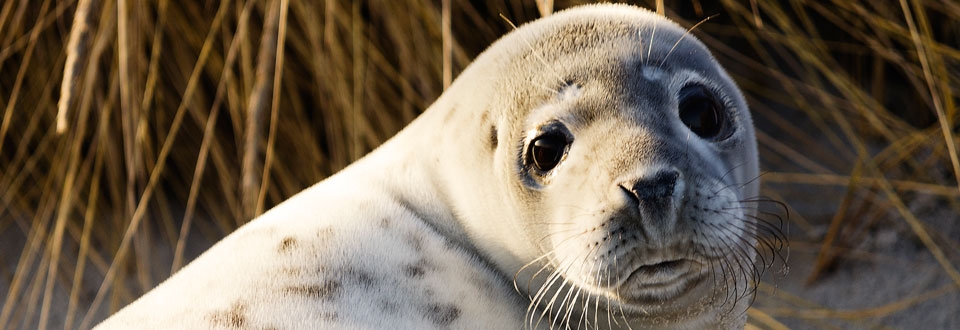
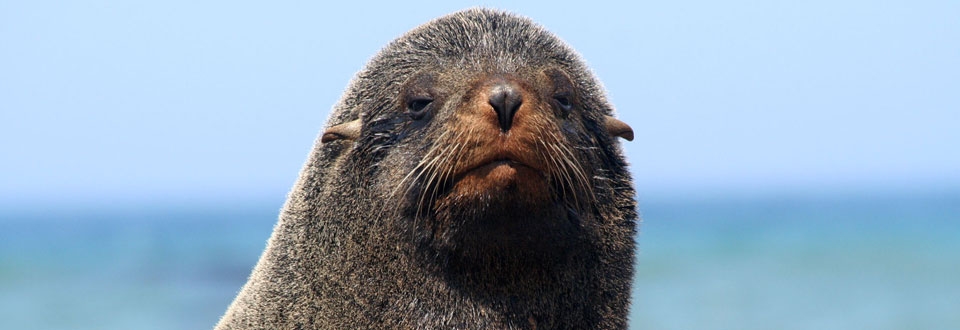
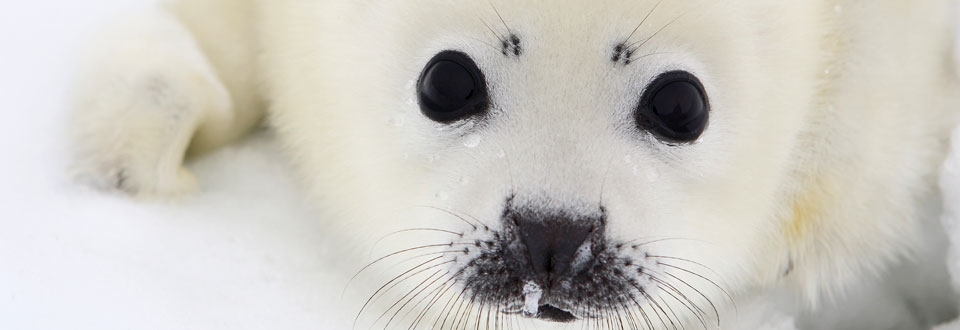
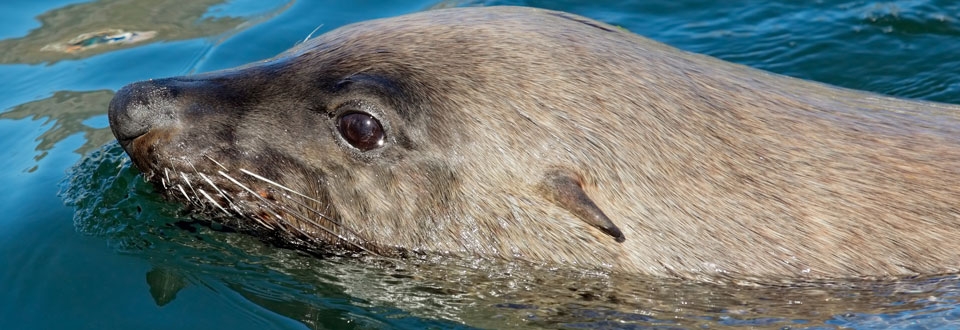
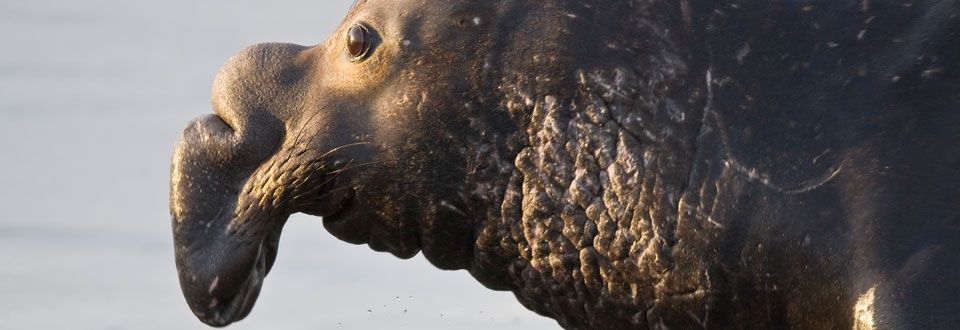
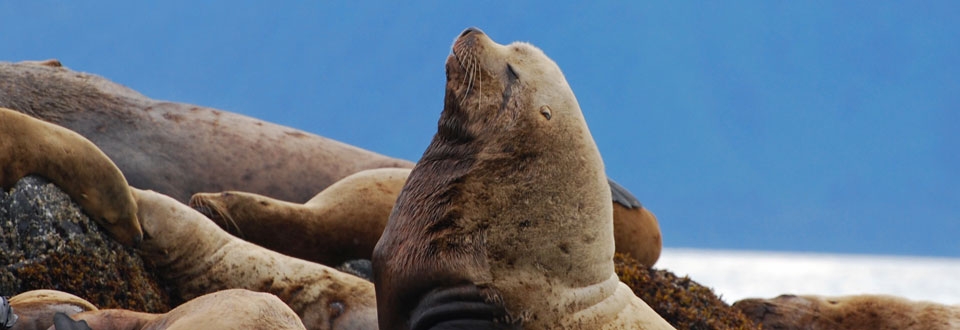
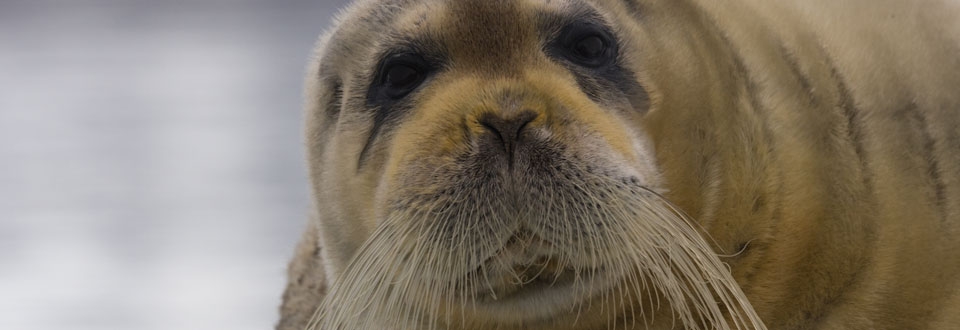
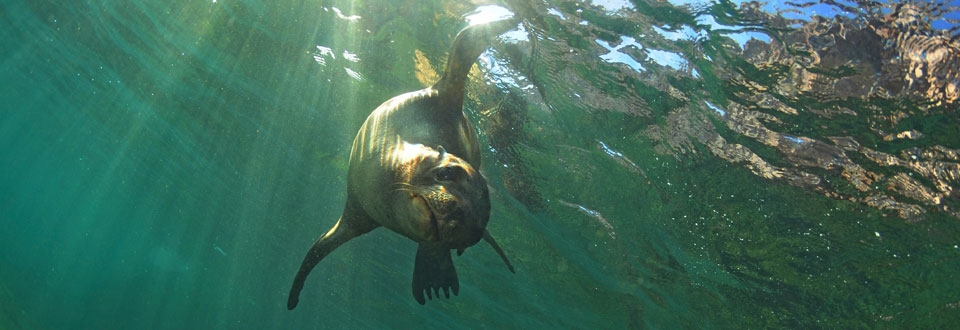
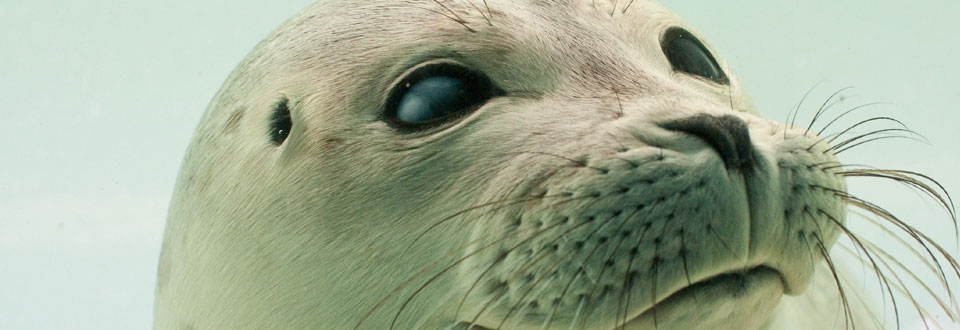
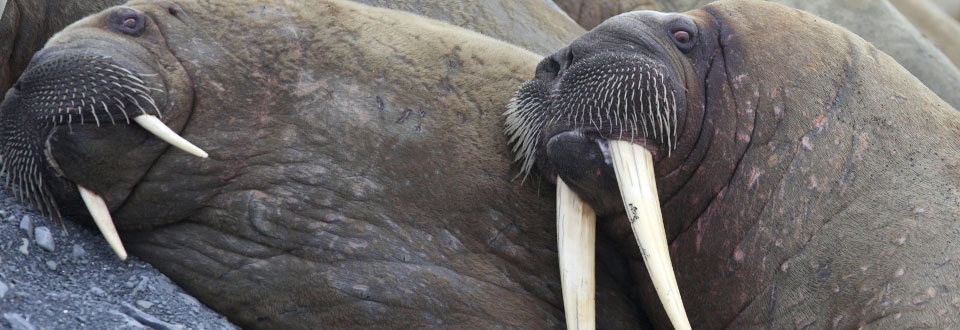
Pinniped Species
All
x
- – No known individuals remaining.
- – Known only to survive in captivity, or as a naturalized population outside its historic range.
- – Extremely high risk of extinction in the wild.
- – High risk of extinction in the wild.
- – High risk of endangerment in the wild.
- – Likely to become endangered in the near future.
- – Lowest risk. Does not qualify for a higher risk category. Widespread and abundant taxa are included in this category.
- – Not enough data to make an assessment of its risk of extinction.
- – Has not yet been evaluated against the criteria.
Bearded Seal
- – No known individuals remaining.
- – Known only to survive in captivity, or as a naturalized population outside its historic range.
- – Extremely high risk of extinction in the wild.
- – High risk of extinction in the wild.
- – High risk of endangerment in the wild.
- – Likely to become endangered in the near future.
- – Lowest risk. Does not qualify for a higher risk category. Widespread and abundant taxa are included in this category.
- – Not enough data to make an assessment of its risk of extinction.
- – Has not yet been evaluated against the criteria.
Bearded seals inhabit the Arctic Ocean and have a circumpolar distribution.
These seals have short snouts with long, white whiskers, which give them the appearance of being “bearded.” Their fur is dark brown to gray in color with dark rings and spots present. They are the largest species of arctic seal.
Arctic cod, shrimp, clams, crabs, and octopus.
Bearded seals are most commonly found with drifting sea ice and do not inhabit waters less than 650 ft. deep.
Females will reach sexual maturity at 5 years of age, males at 6-7 years of age. Single pups are typically born on pack-ice between mid-March and May and are weaned at 15 days old. There is not a great deal known about bearded seal mating rituals, though they are known to be extremely vocal; male vocals can be heard for up to 12 miles.
Bearded seals are considered to be a “Low Risk-Least Concern” on the IUCN Red List though two distinct population segments are listed under the Endangered Species Act: Beringia & Okhotsk. In addition, Bearded seals are harvested annually by Alaskan Natives.
Bearded seals are occasionally by-catch in commercial fishing gear and in Russia, they are hunted commercially. In addition, the loss of sea ice results in habitat loss.
In 2007, a Bearded seal was found stranded in Southeast Florida.




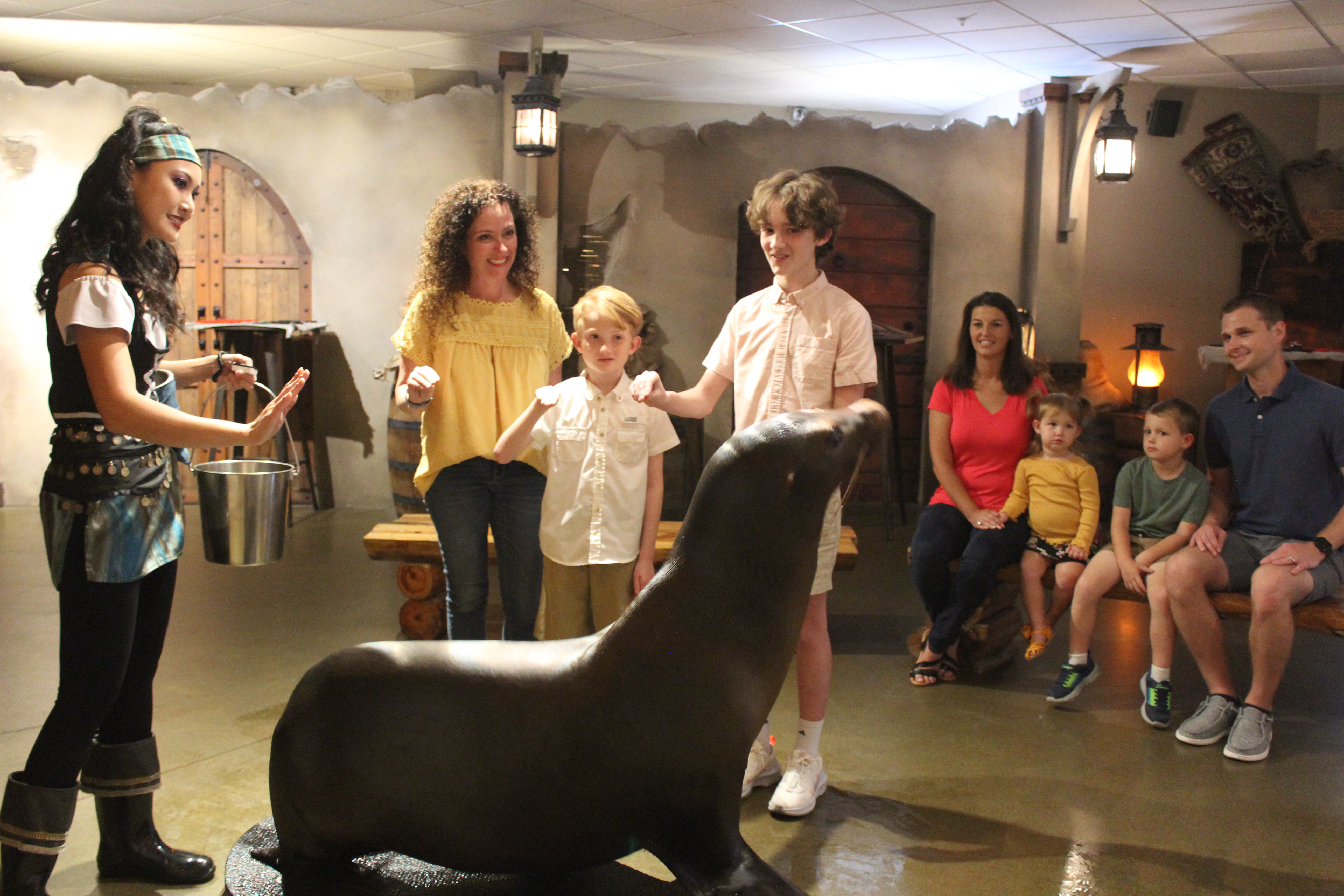 Animal Encounter
Animal Encounter Our Locations
Our Locations
 Family Fun
Family Fun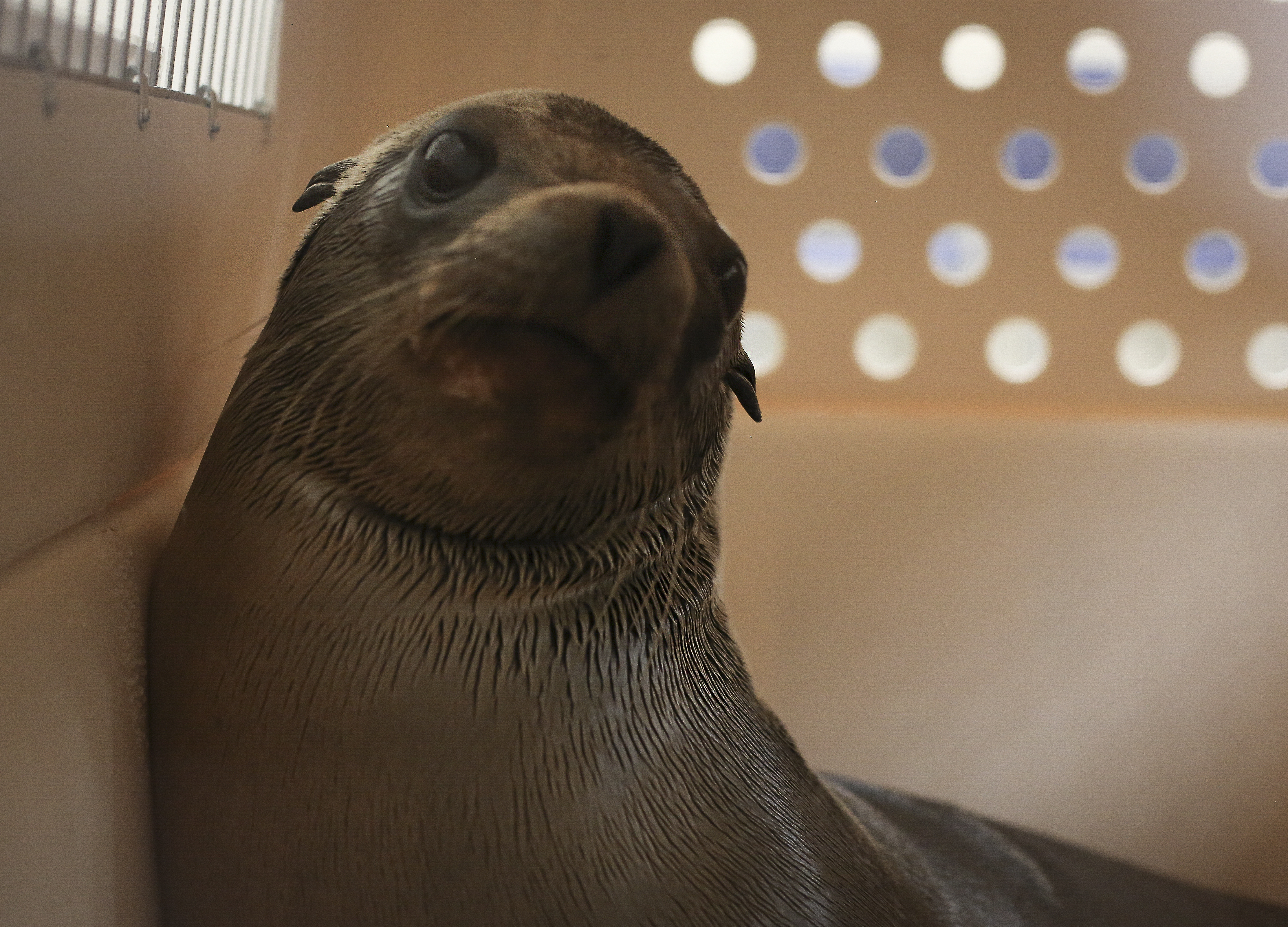
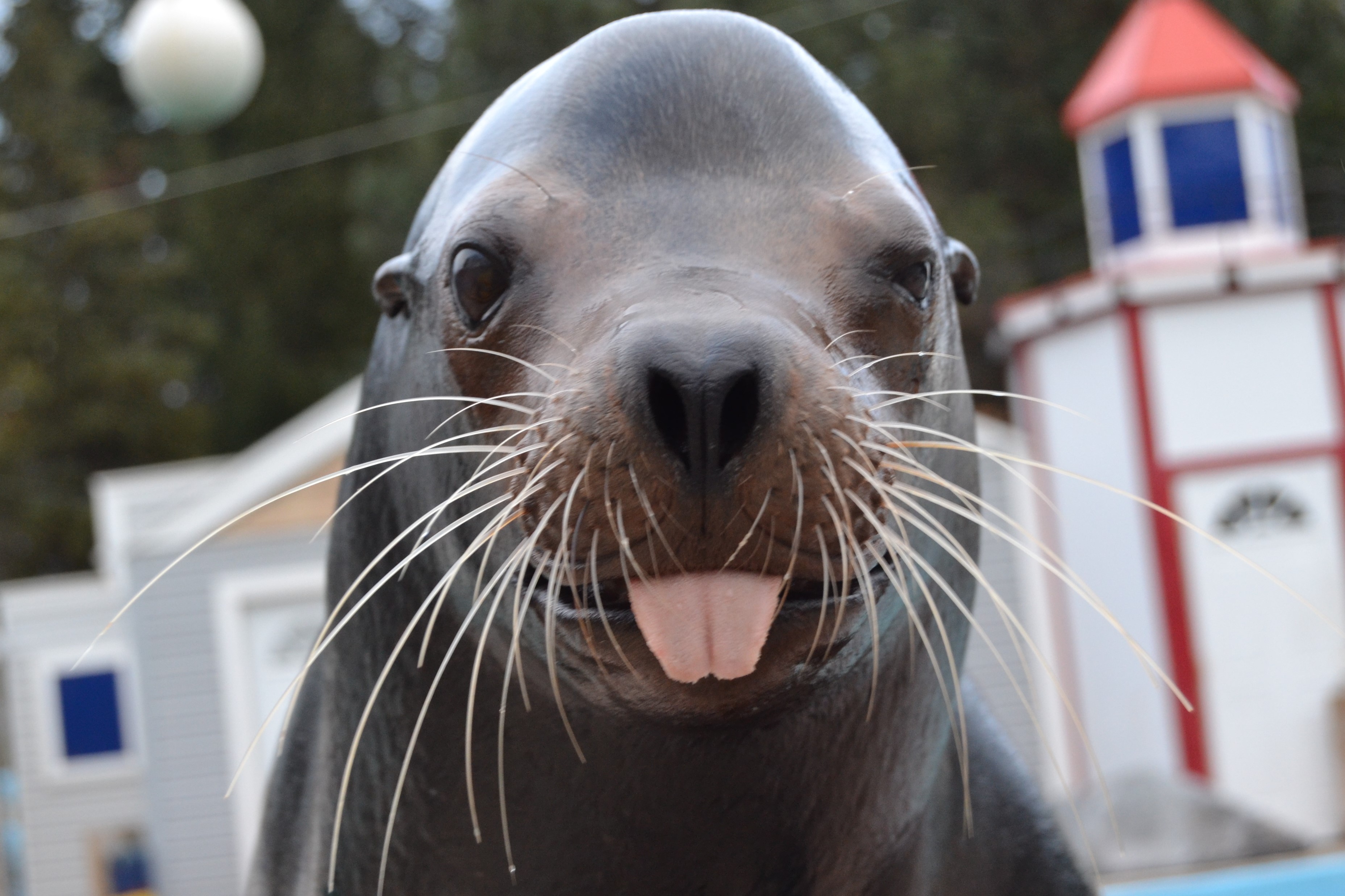
 Meet Ripley!
Meet Ripley!





























